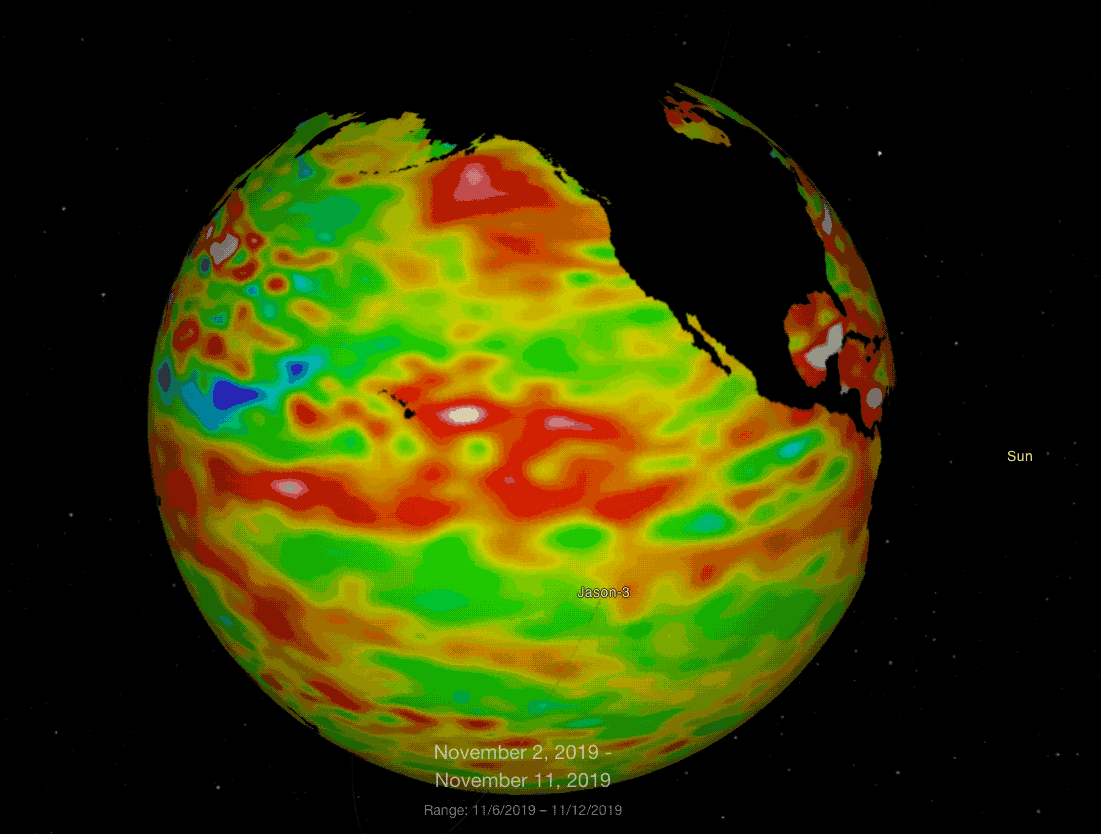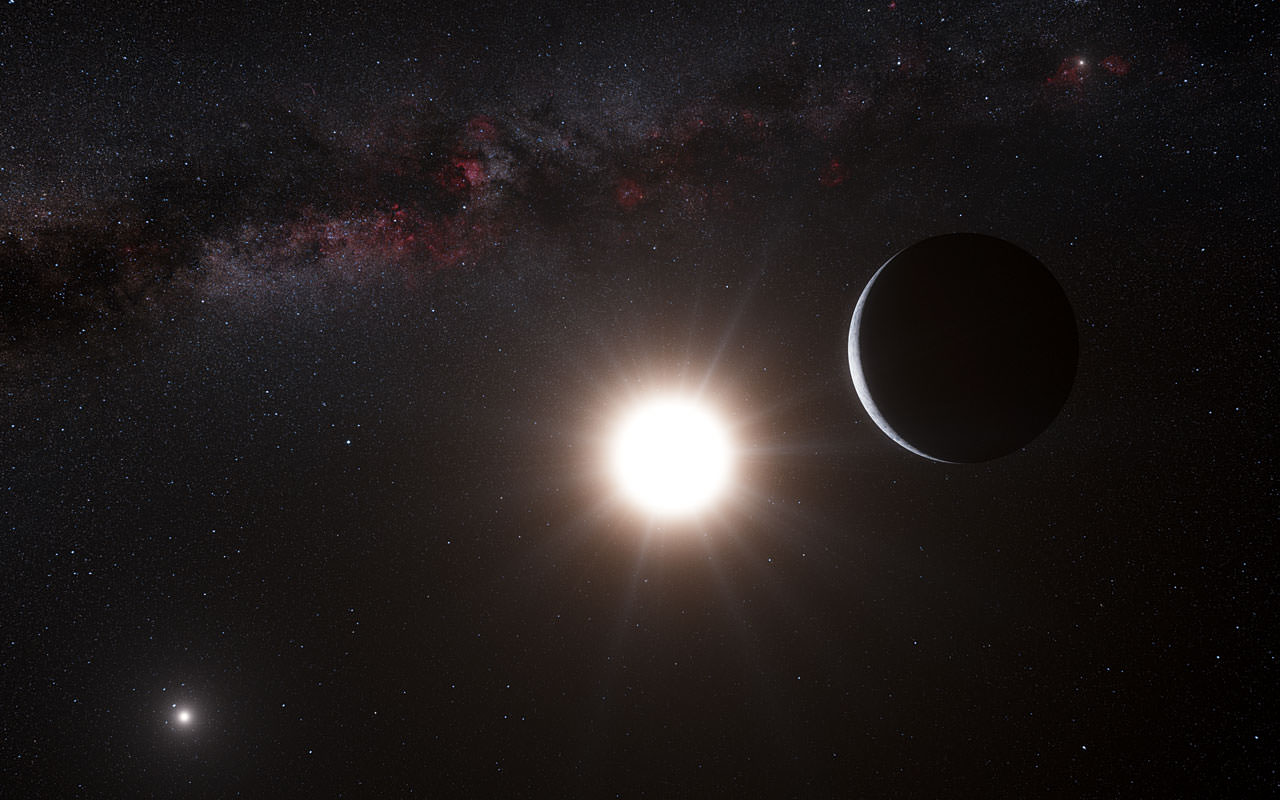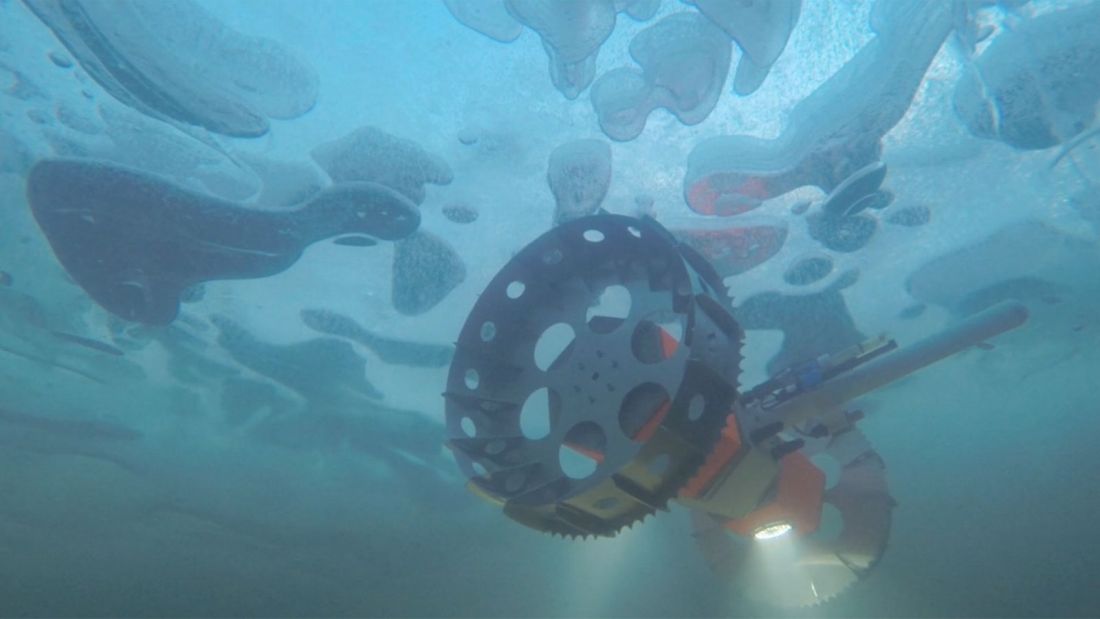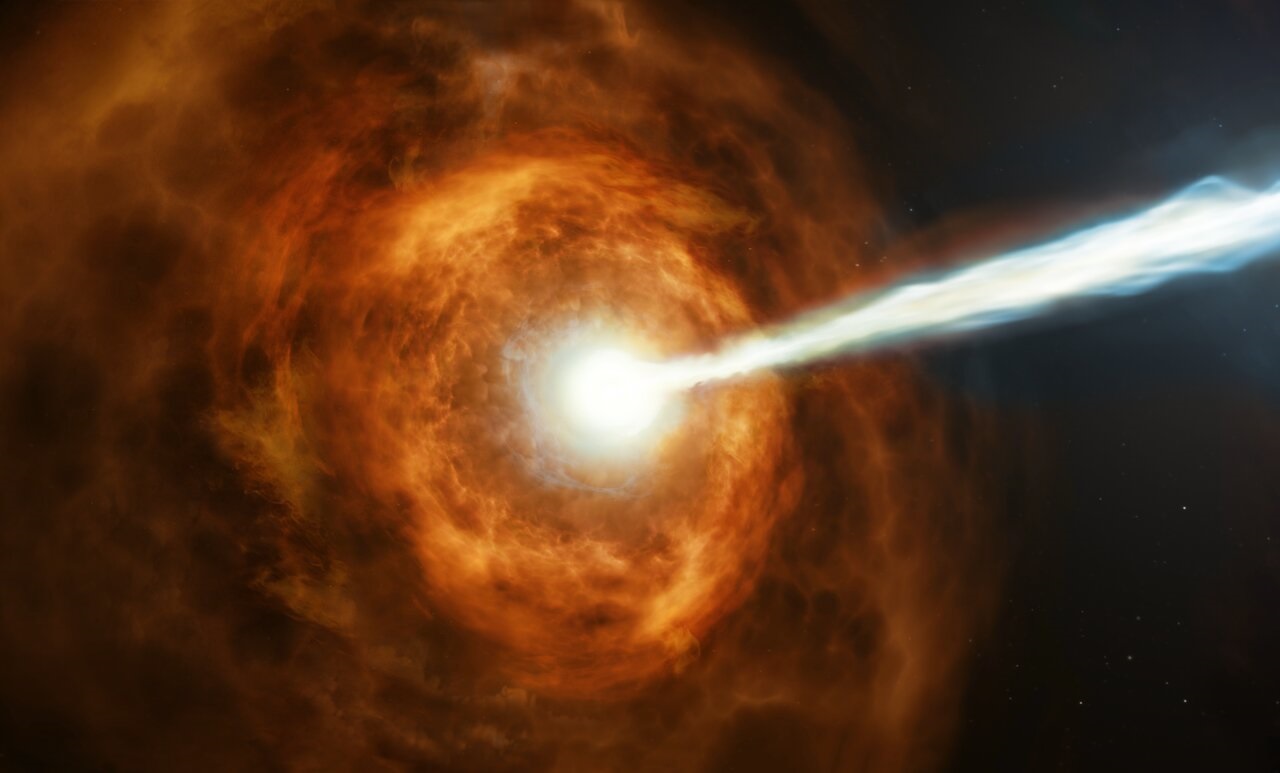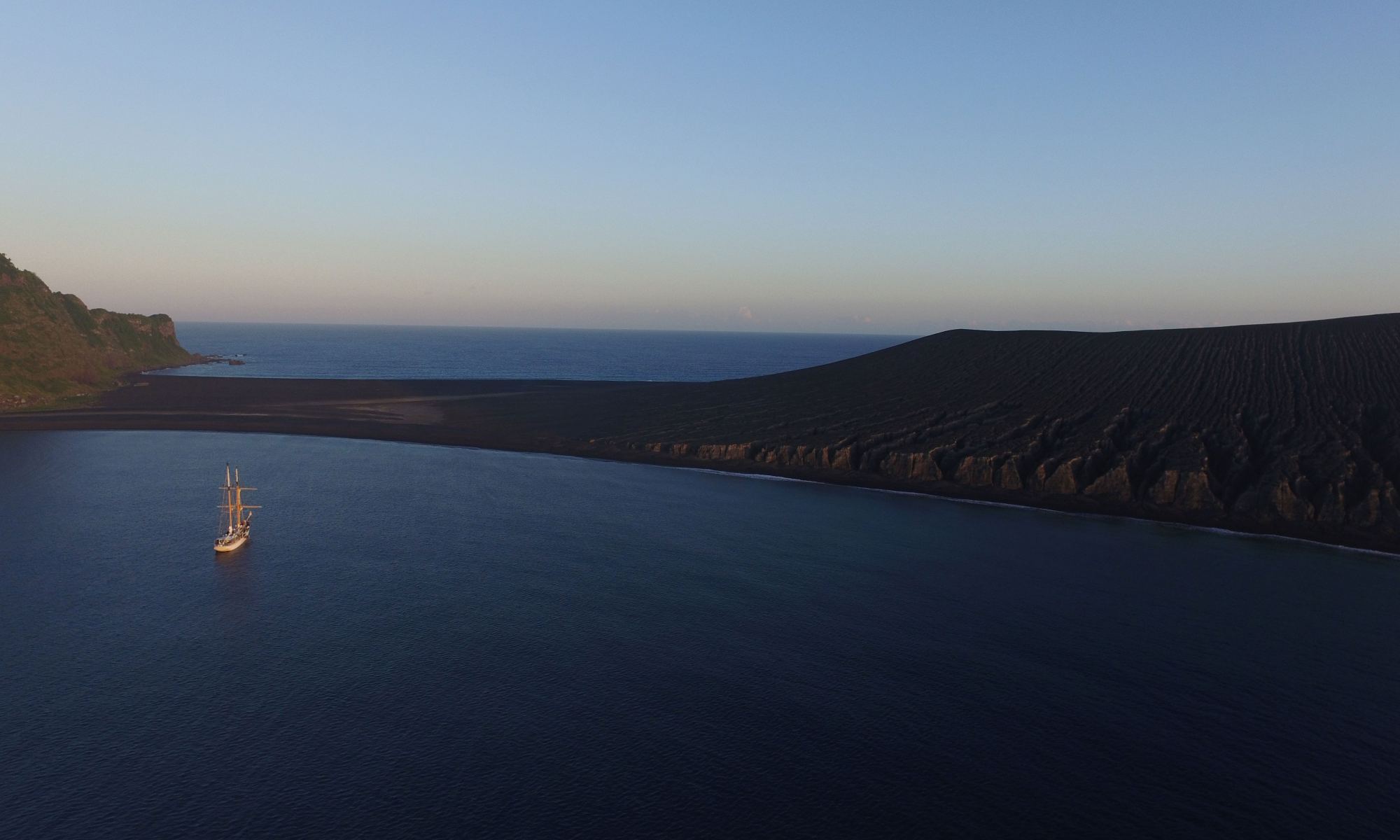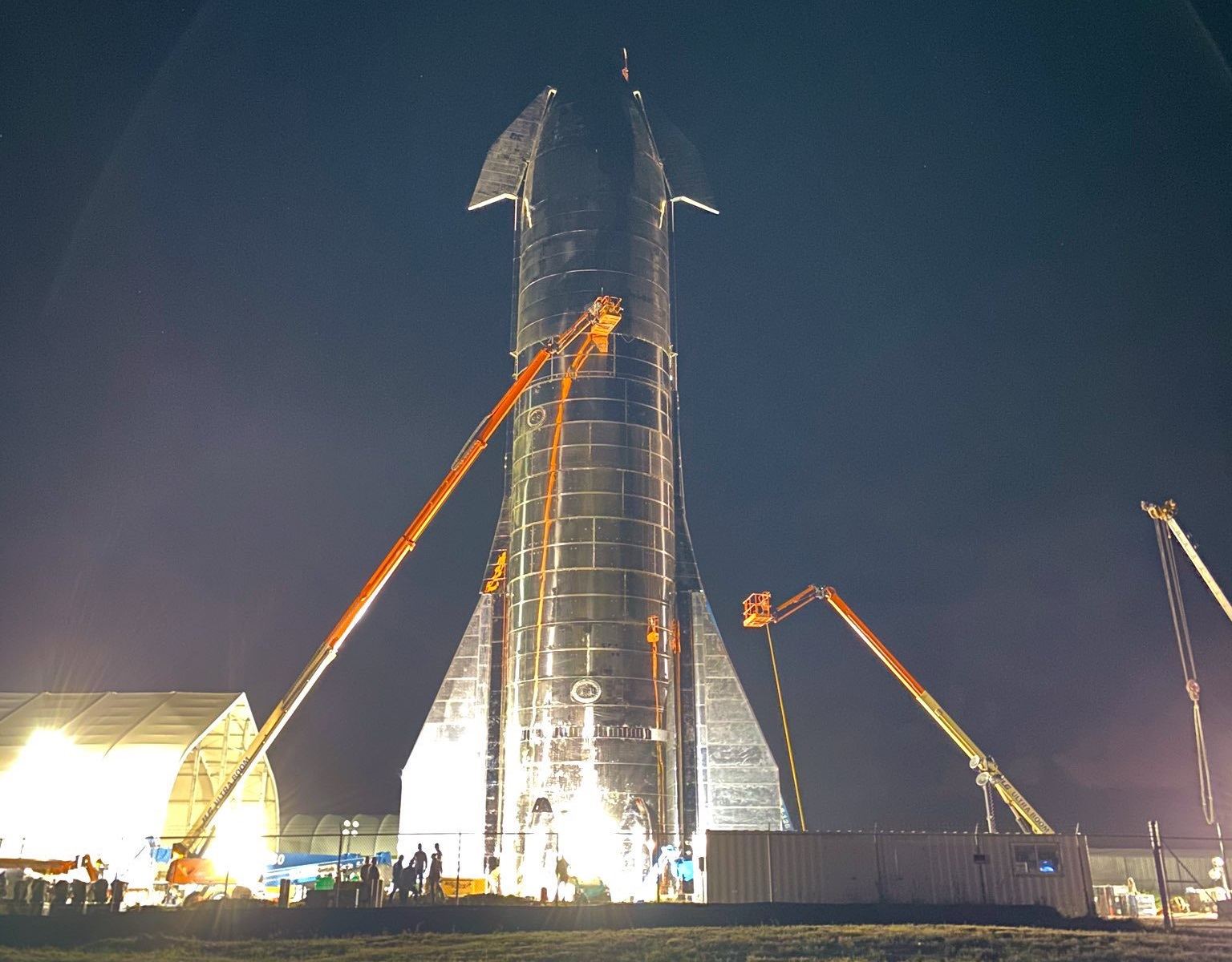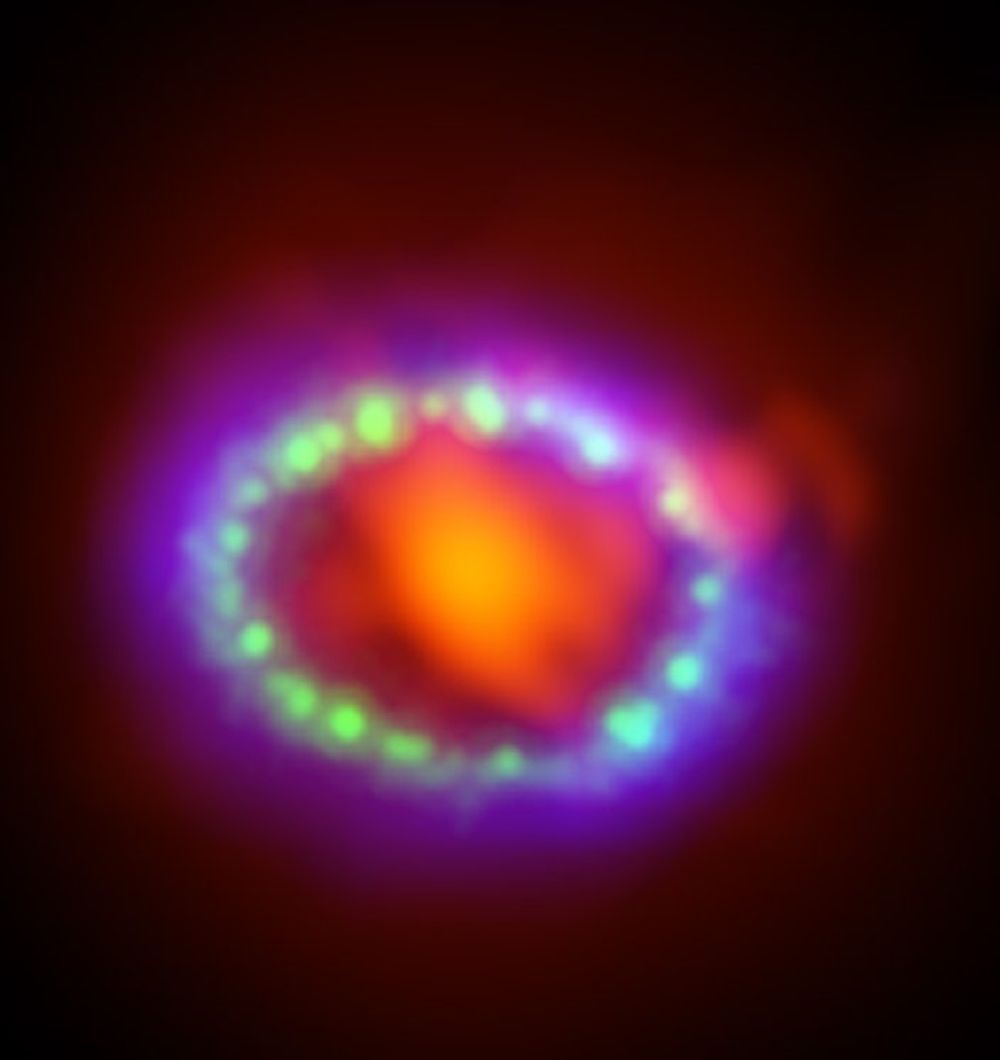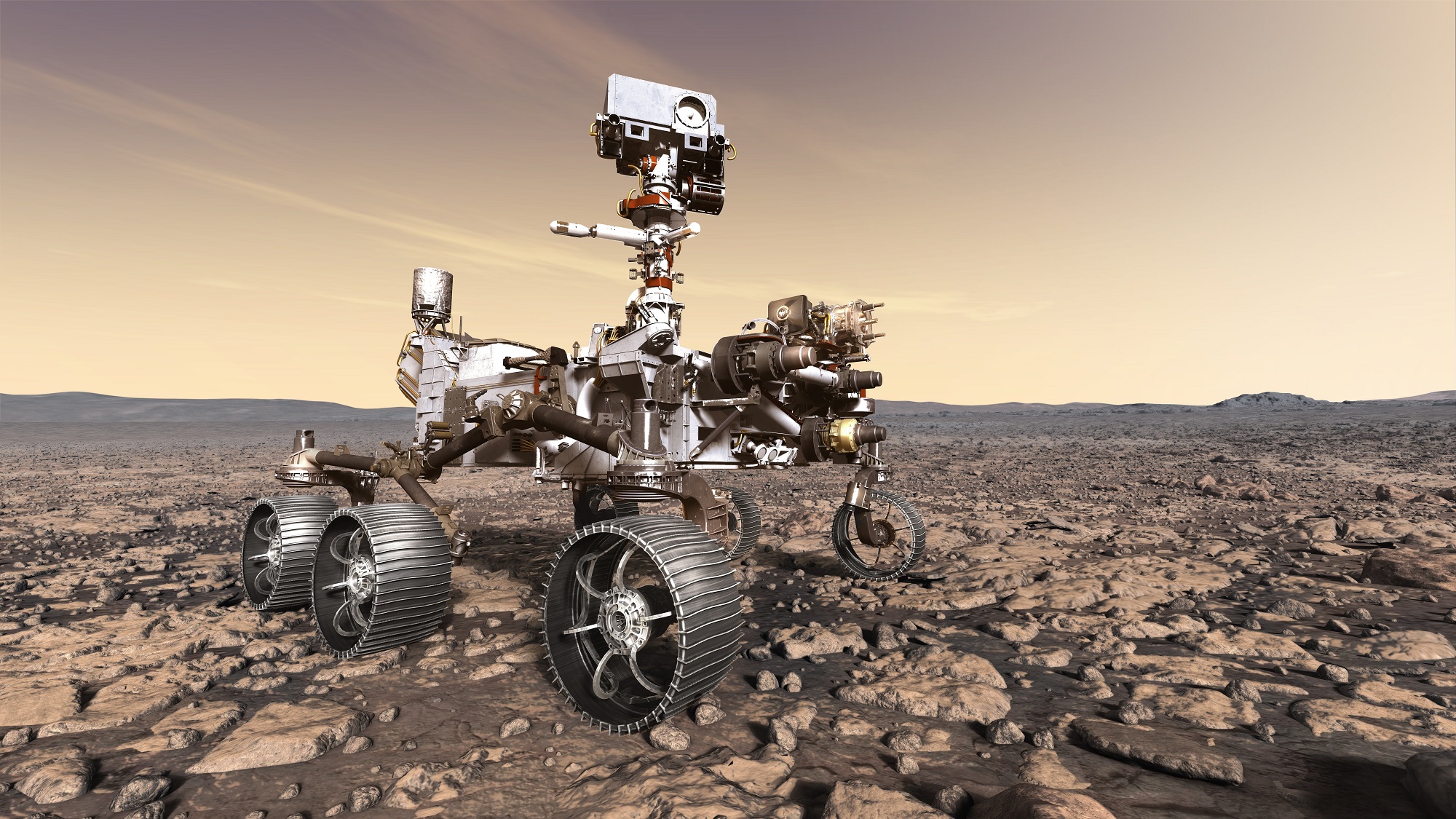When it comes to plans for future missions to space, one of the most important aspects will be the use of local resources and autonomous robots. This process is known as In-Situ Resource Utilization (ISRU), which reduces the amount of equipment and resources that need to be sent ahead or brought along by a mission crew. Meanwhile, autonomous robots can be sent ahead of a crew and have everything prepared for them in advance.
But what about bacteria that can draw iron from extraterrestrial soil, which would then be used to 3D print metal components for a base? That is the idea that is being proposed by PhD candidate Benjamin Lehner of the Delft University of Technology. On Friday (Nov. 22nd), he defended his thesis, which calls for the deployment of an uncrewed mission to Mars that will convert regolith into useable metal using a bacteria-filled bioreactor.
Continue reading “Using Bacteria to Build a Base on Mars”

